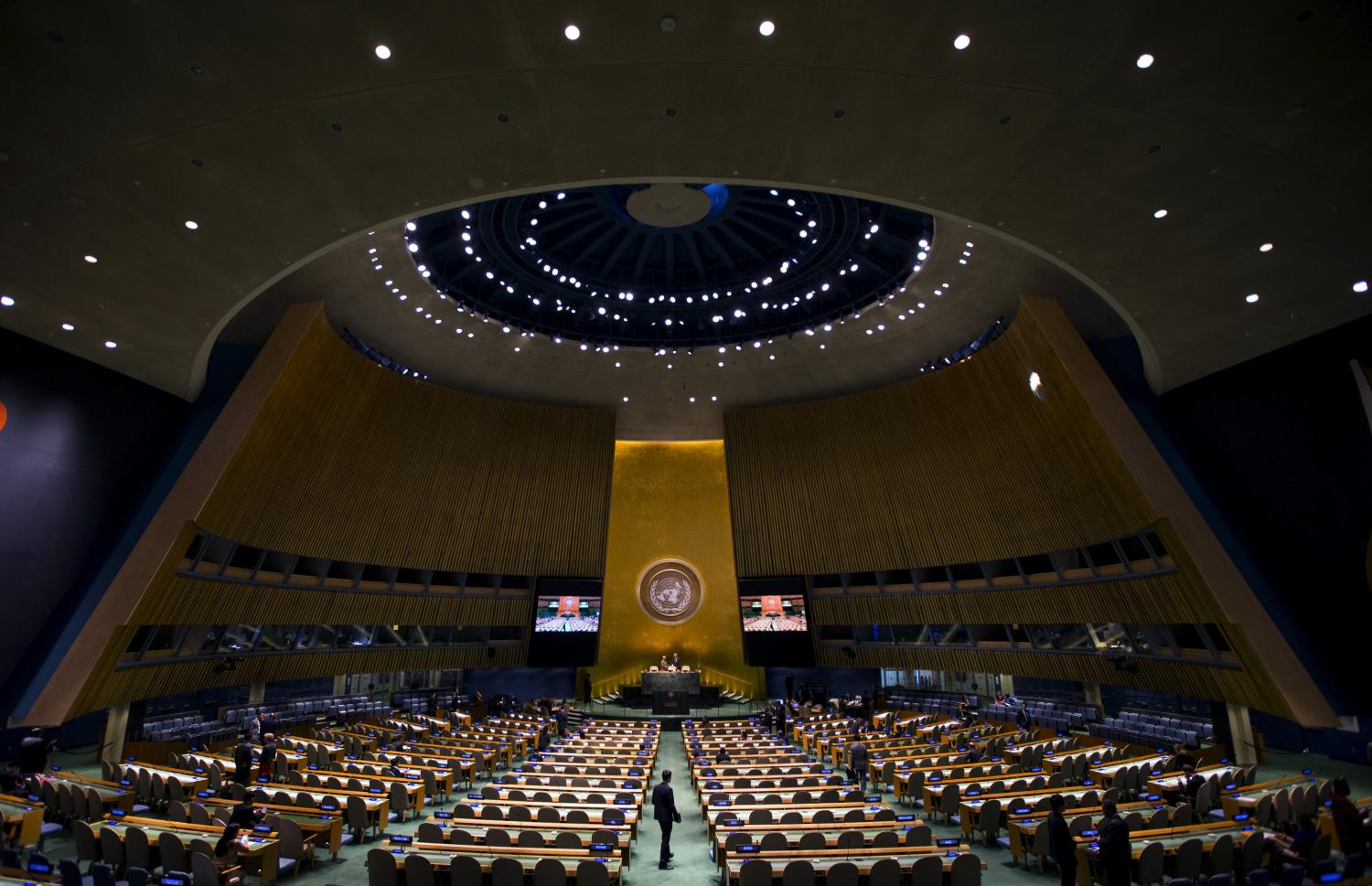Introduction
Meeting in London on April 1, U.S. President Barack Obama and Russian President Dmitry Medvedev announced agreement to “work out a new, comprehensive, legally binding agreement on reducing and limiting strategic offensive arms.” They stated their intention to conclude this agreement before the Strategic Arms Reductions Treaty (START) expires in December, and noted that the new treaty would “record levels of reductions in strategic offensive arms that will be lower than those in the 2002 Moscow Treaty on Strategic Offensive Reductions.”1
The presidents instructed their negotiators to begin work immediately and report back by July, when President Obama will visit Moscow. U.S. and Russian negotiators held their first consultative meeting in Rome on April 24, and stated that they will hold their first round of full negotiations in mid-May.
Presidents Obama and Medvedev agreed to conclude a follow-on treaty to START as the first action in a step-by-step process of reducing their strategic nuclear arsenals with the ultimate goal of achieving a nuclear- free world. This ambitious objective will require broadening past U.S.-Russian nuclear arms control efforts, for example, to include non-deployed strategic nuclear warheads and tactical nuclear weapons, which have not been limited previously. This will be a long-term process.
The Brookings Institution is committed to quality, independence, and impact.
We are supported by a diverse array of funders. In line with our values and policies, each Brookings publication represents the sole views of its author(s).




